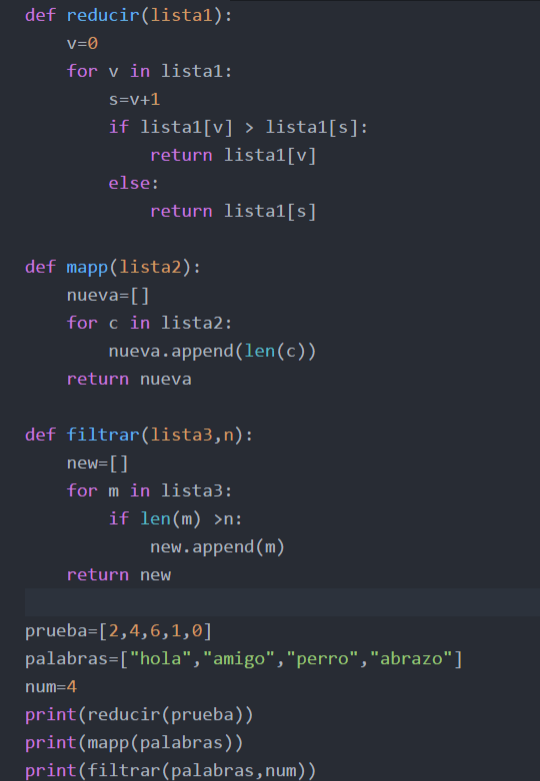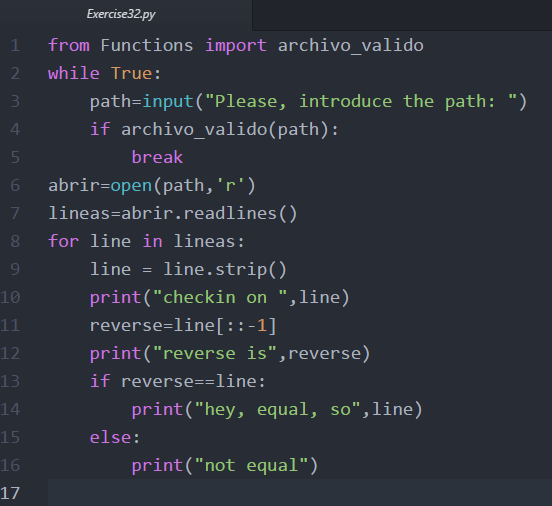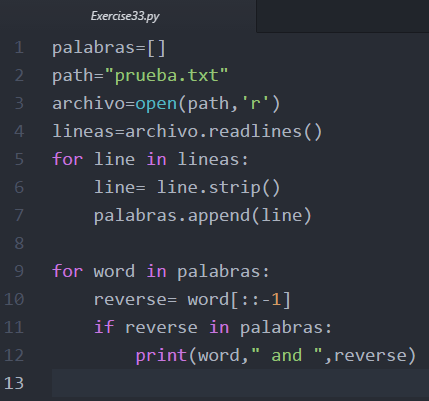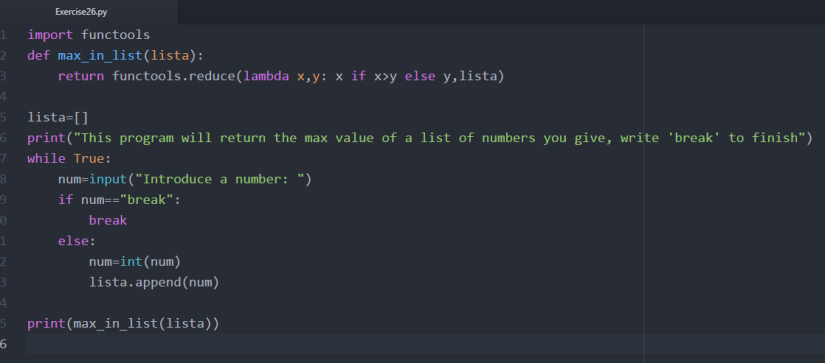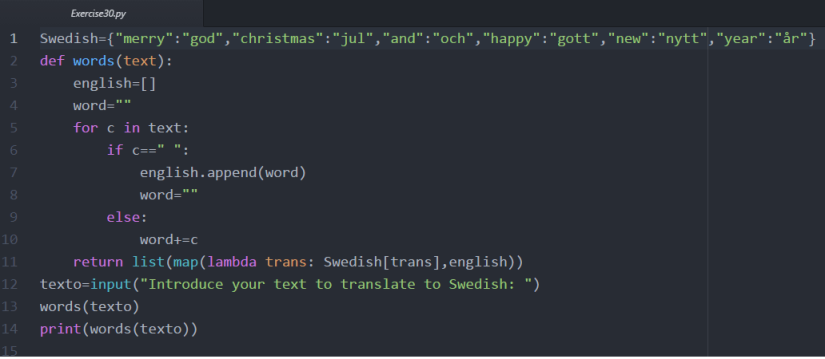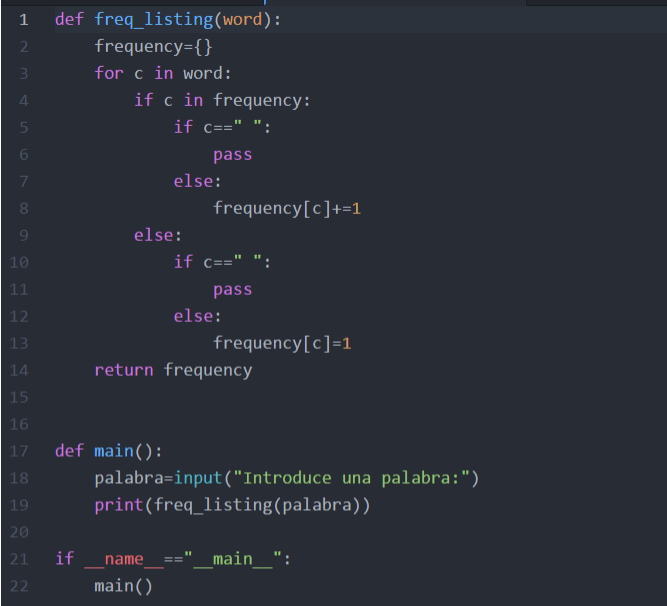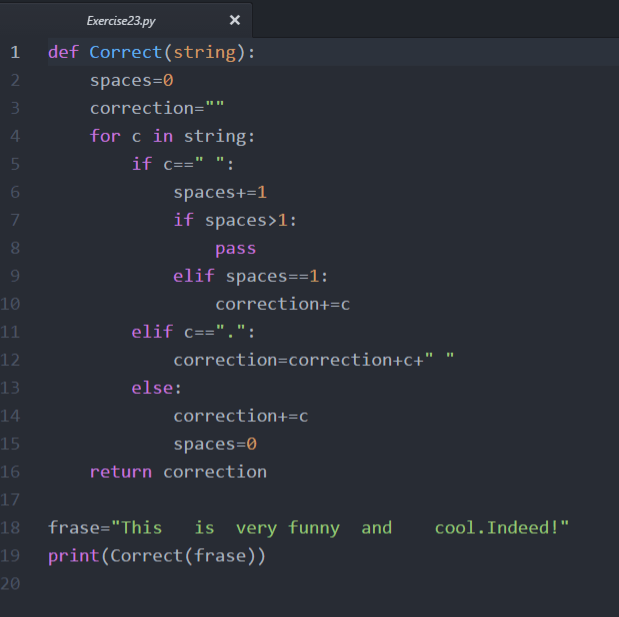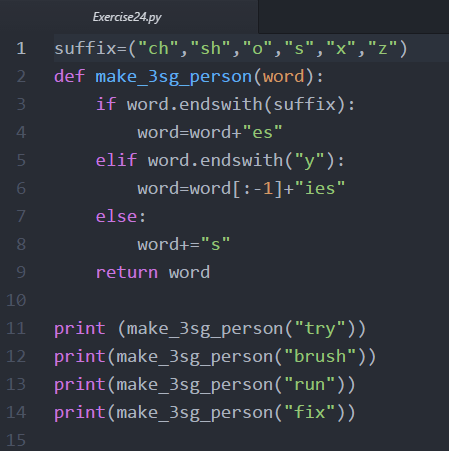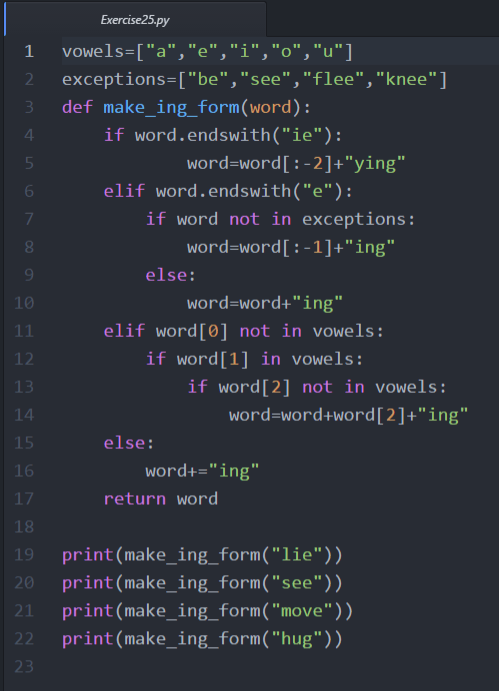--Originally published at S' Nami Bog. Servitas Vitae
USDP sounds like a shipping company but is not, sorry if your whole life has been a lie.
USDP stands for Unified Software Development Process but some people like to refer to it as Unified Process.
What exactly is USDP? Unified Software uses iteration methods which consists of having a base equation and constantly keep replacing the value with the obtained value until you reach the value or an approximation of what you want. It is also used for an increment in software development process and the most common and popularized example is the Rational Unified Process or RUP for short terms.
Many references would point out that USDP is not only about iterative method and keep doing it. Its based on a framework for a certain object, company or even an organization. It also shares and goes hand-by-hand with the RUP method since both work on a customizable framework. With those concepts in mind many claim that it is very hard to differentiate between them so sometimes are miscalled.
USDP v RUP
One is owned and the other one not. IBM has the rights for RUP or a more technical concept… IBM has the so called trademarks. That is why USDP is usually used for a more generic way and are mostly used in concepts that need refinement; nevertheless, USDP first appearance was on a book named The Unified Software Development whose authors are Ivar Jacobson, James Rumbaugh and Grady Booch. Some may say that both of them have their own respective rights but it always comes down to personal preferences.
Characteristics:
USDP:
- Iterative Process that looks for an approximation or result.
- It is always moving forward, in other words incremental.
- The more work the better. The core of the USDP is reflected by the team’s efforts.
- A Continue reading "Mastery 02 – USP, Knowledge is power!"

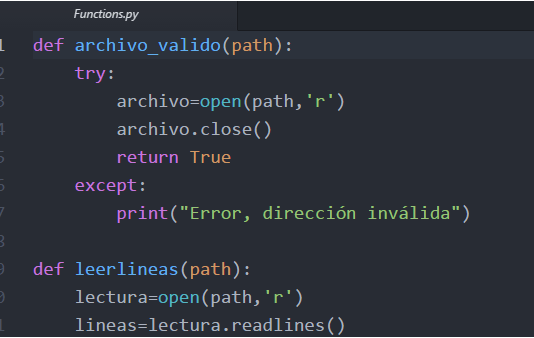 aa
aa